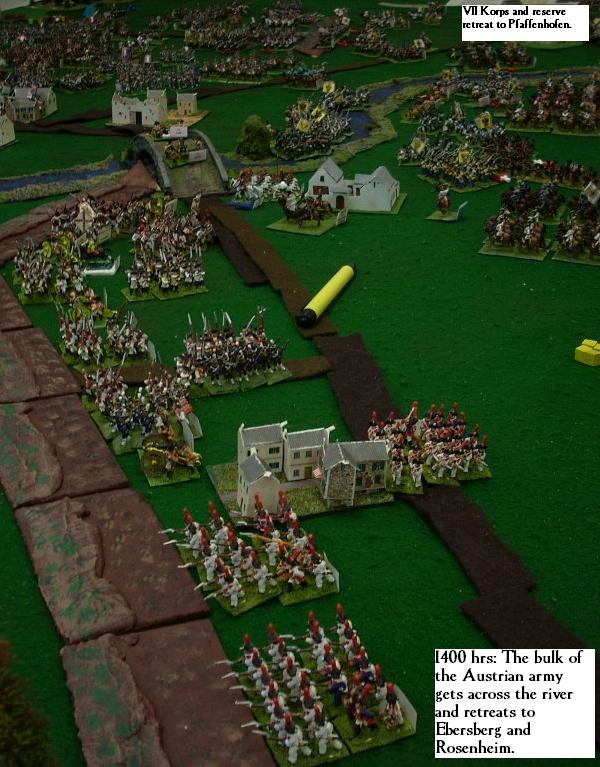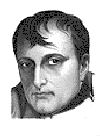
Emperor Napoleon
La Grand Armee
93,600 infantry,
14,080 cavalry,
144 cannon
BATTLE OF MUNICH
APRIL 12, 1810

General Schwarzenberg
Army of the Tyrol
42,750 conscript infantry,
87,310 infantry,
11,880 cavalry,
96 cannon
|
93,600 infantry, |
BATTLE OF MUNICH APRIL 12, 1810 |
General Schwarzenberg 42,750 conscript infantry, |
Following the engagement at Herrsching on April 10th, the French press on to Munich. Massena marches forward with IV Corps under Marshal Ney while Napoleon and Gerard's I Corps approach from Herrsching. More Corps are following immediately behind and marching to the battlefield as quickly as they could.
Schwarzenberg has pulled in his own troops from Pfaffenhofen and Salzburg in anticipation of the battle. Salzburg militia have been entrenched at the capital and all preparations are made to make a strong defense.

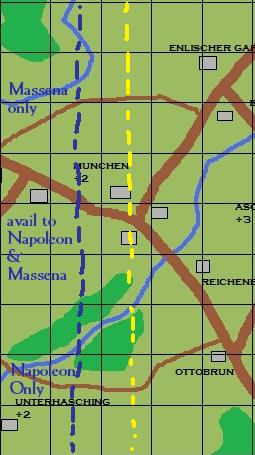
Schwarzenberg was concerned about a possible attempt against his left flank through Unterhasching and so therefore constructed a line of breastworks cover that flank and filled those earthworks with Landwher infantry with artillery support. His plan was to mass his main army on the northwest portion of the battlefield and attack the French quickly, hoping to damage them before their reinforcements arrived. The forward suburbs of Munich were fortified and held by militia while two divisions of VI Korps were to be kept in reserve, securing the important bridge in the center.
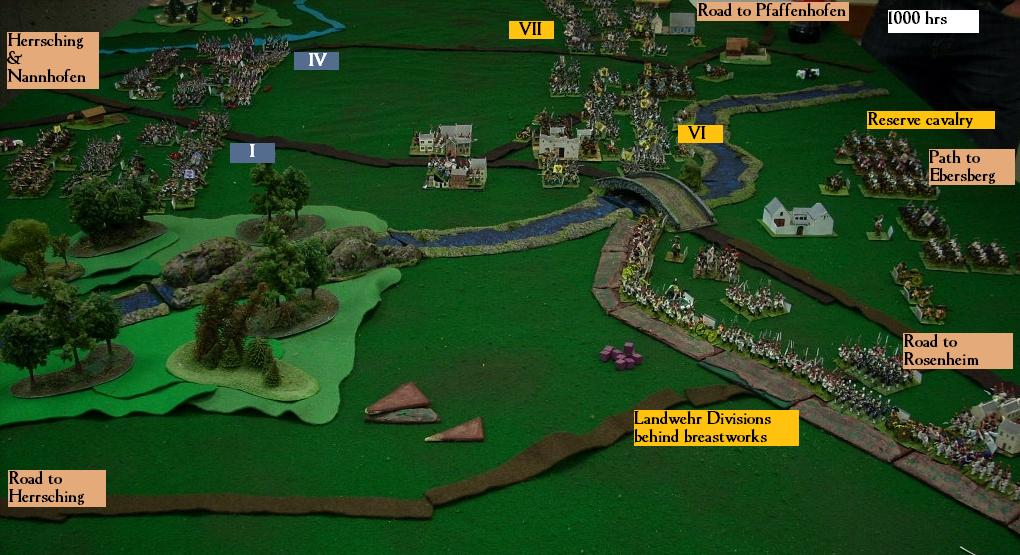
Napoleon had considered an attack against the Austrian left but in the end determined that as tantalizing as it was to cut the Austrian retreat toward Salzburg, it was not worth the risk of splitting his army. He therefore deployed his entire force in the center. Massena was instructed to attempt to secure the road to Pfaffenhofen. A Baden division would demonstrate before Munich and make what gains it could but the emphasis would be on the plain to the north of it. It was determined that when reinforcements arrived, the point of attack to break the Austrian line would be the intersection south of Enlishgarten, seeking to split the two Korps.
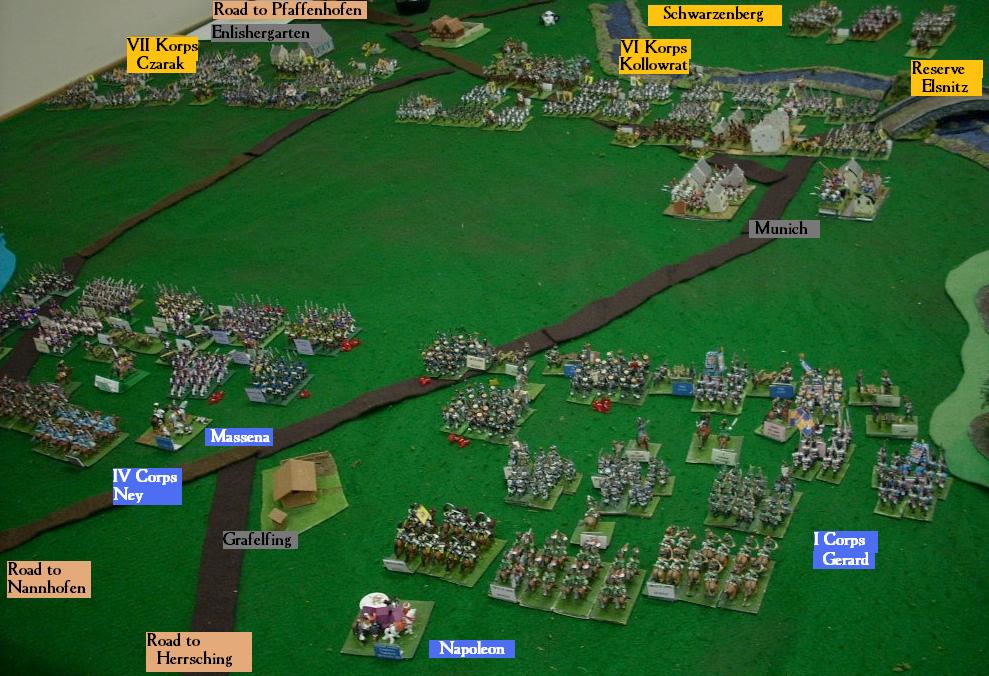
Both armies advanced toward the enemy and a general engagement was made on the Austrian center and right. Austrians would enjoy a slight numerical superiority initially. It became clear, by the large amounts of cavalry and artillery that was held in reserve, that the Schwarzenberg was not wholly committed to a decisive battle.
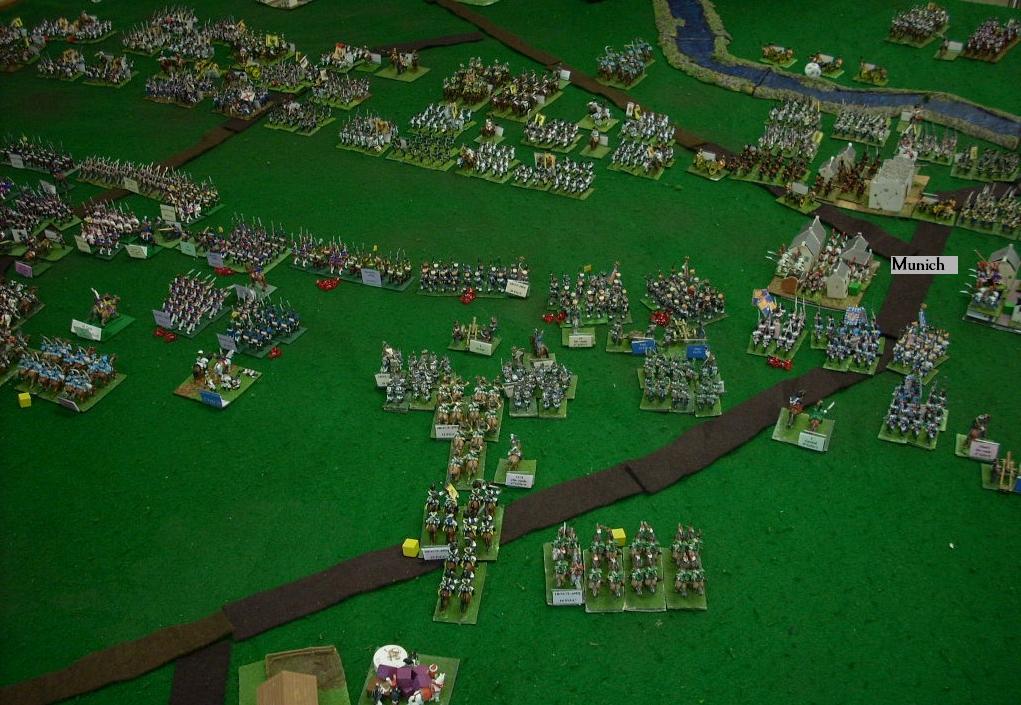
The Austrian left would remain out of the battle for the duration of the day. The Landwehr infantry and their supporting artillery would be spared any casualties.
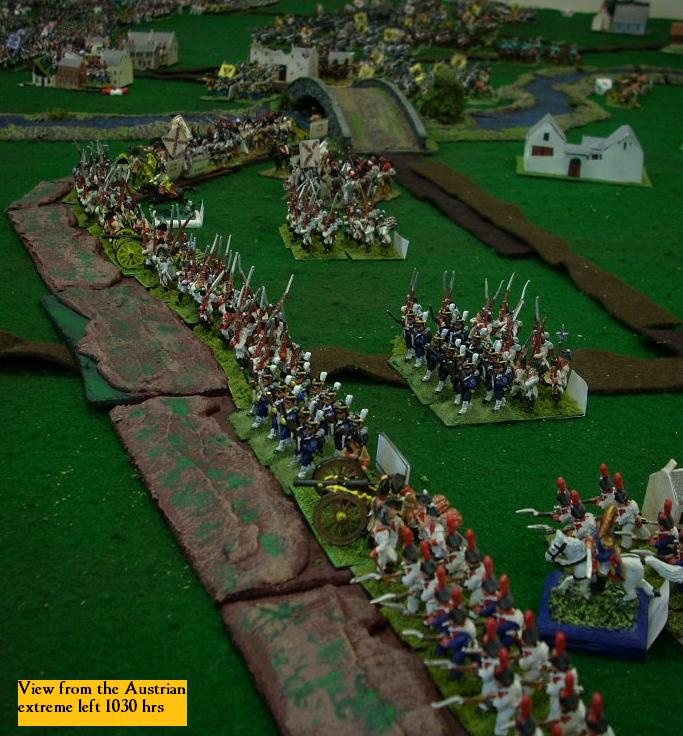
One Landwehr division was committed and advanced into the heart of the French line due to a misunderstanding of orders. Four brigades would get a hasty retreat order but one militia brigade, students of Salzburg university, would charge the French and, over the course of half an hour, would somehow send two French veteran brigades routing to the rear.
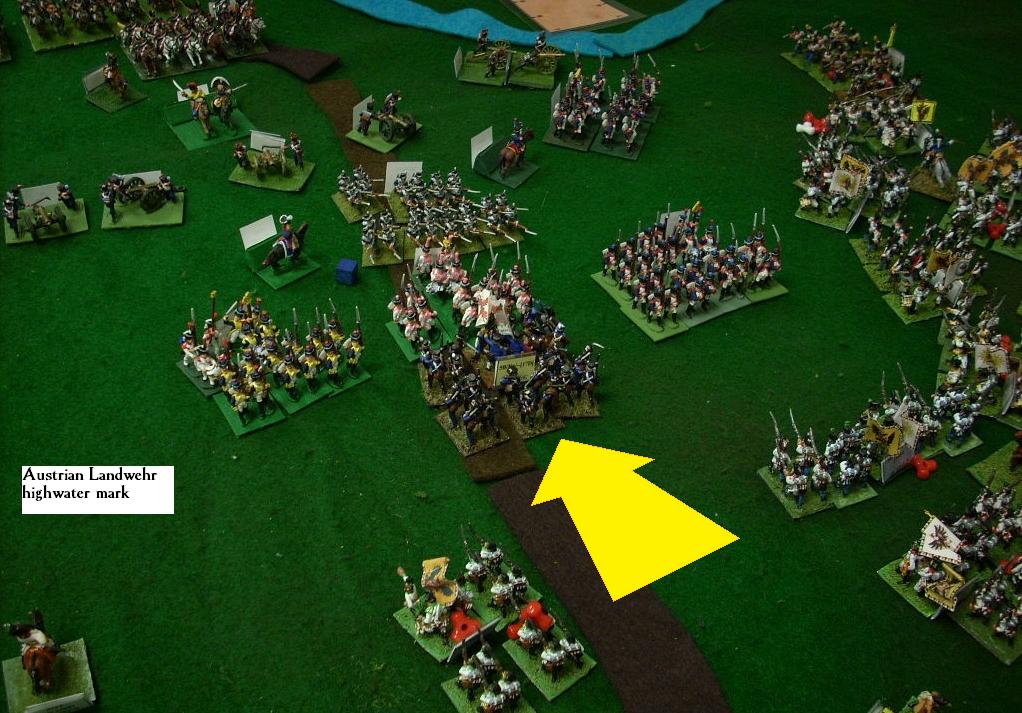
On the far right of the Austrian line, VII Korps makes promising advances against marshal ney's troops. The French are feeling very thin on the ground in the face of the determined advance by the corps that two days earlier had been mauled at Herrsching. The general engagement continues in a heated manner.
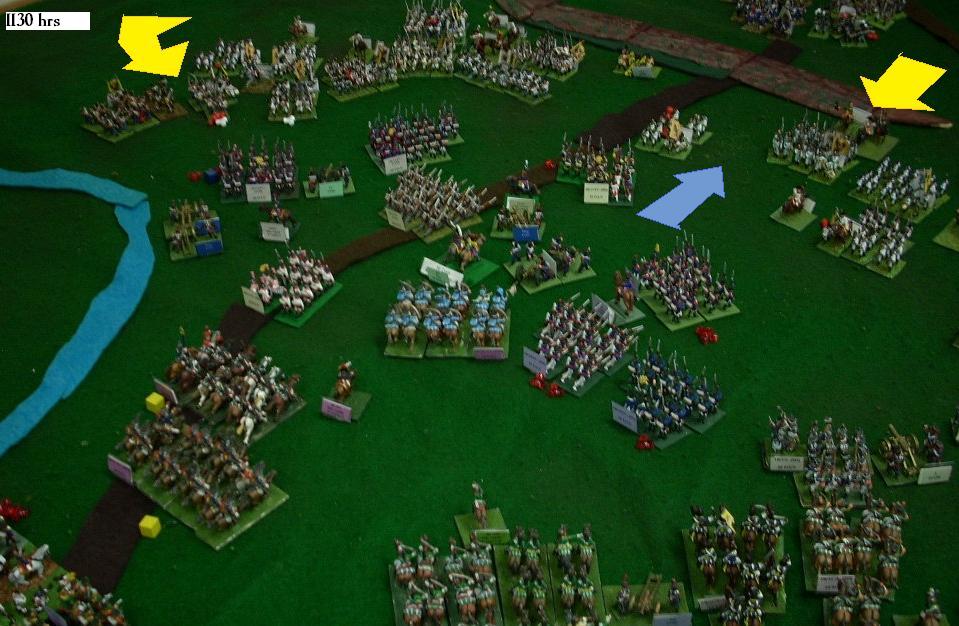
Two and a half hours into the fight and French reinforcements begin toa rrive. The first to make it to the battlefield is II Corps under Marshal Soult.
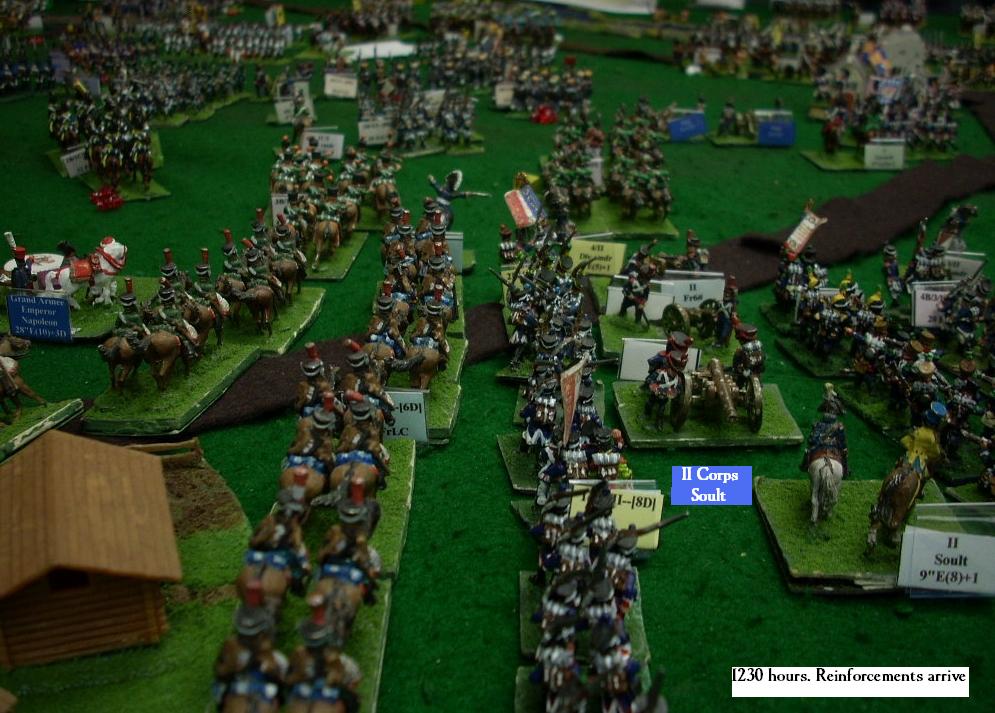
The Landwehr in Munich are roughly handled by the Bad fire and a bayonet charge routs the Austrians from the fortified suburbs. Heavy artillery fire sets another block ablaze and the defenders of that are dispersed in the chaos.
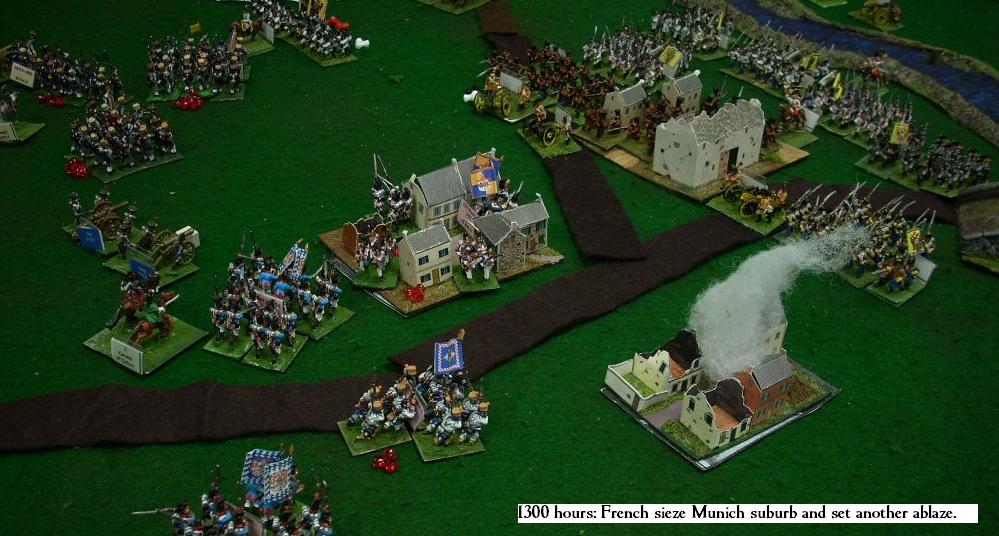
The battlefield holds its breath as two Austrian brigades combine against a critical French one but through heroics and great fortune, the Austrians are sent reeling back and suddenly VII Korps has lost momentum.
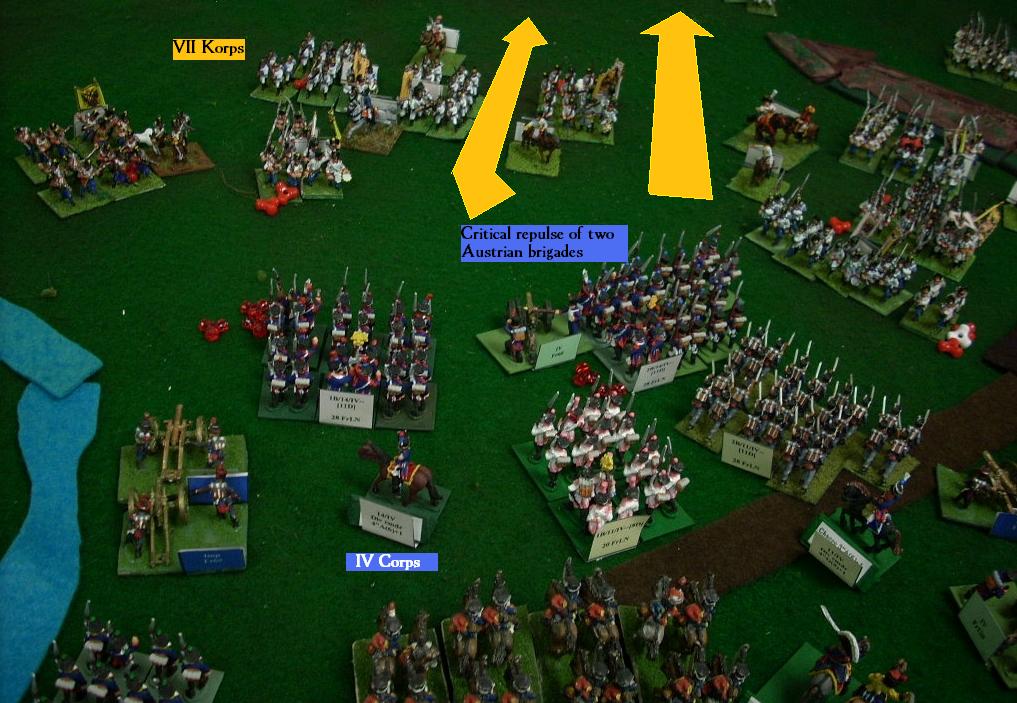
Another French Corps arrives and also the grenadiers of the Imperial Guard and Guard Cavalry. The last remaining Austrian cavalry division in the center would make a determined charge against overexposed elements of French I Corps and, at first, everything would seem to go well for the Austrian horse but somehow French cavalry would find a way to retrieve the situation and send the Austrian cavalry routing back.

French dragoons and Chasseurs, no longer checked by Austrian cavalry, makes aggressive charges through the Austrian center. General Schwarzenberg would barely escape with his life as the French horse rides through his position. Two brigades of the Austrian reserve corps would be caught by the cavalry while in march column and sent fleeing, severely sabred.
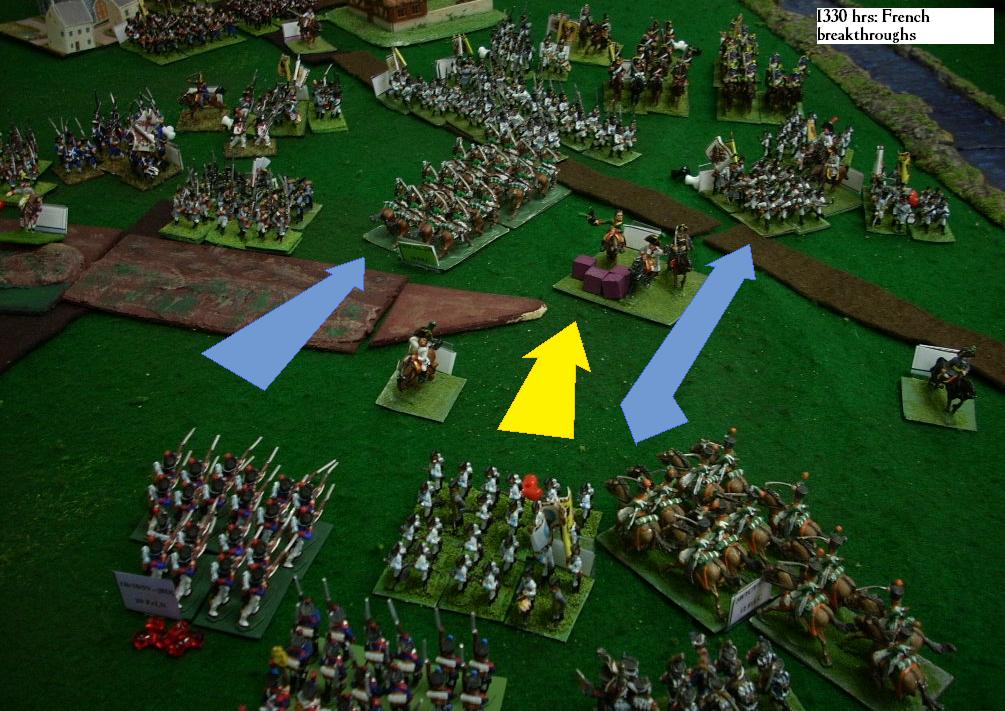
On the Austrian right, VII Corps is shattered and begins a retreat toward Pfaffenhofen in the north. The Landwehr would take to their breastworks and perform heroically to buy the regulars time to escape.
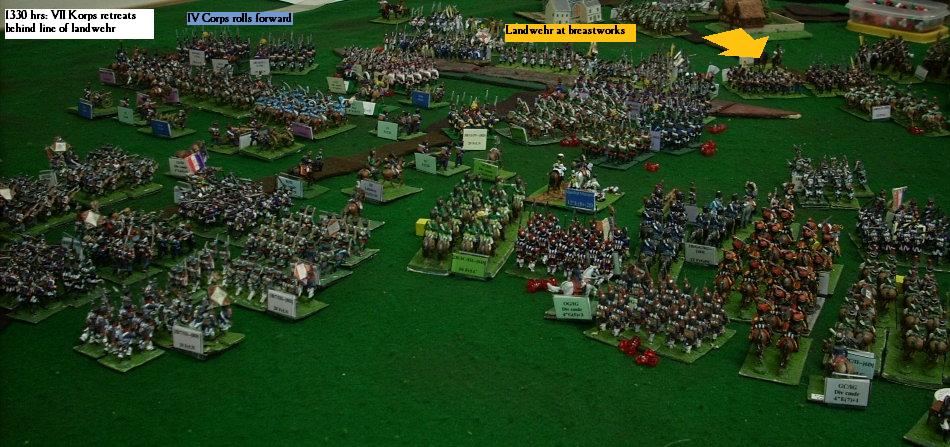
Schwarzenberg retreats himself across the river and orders a general retreat.
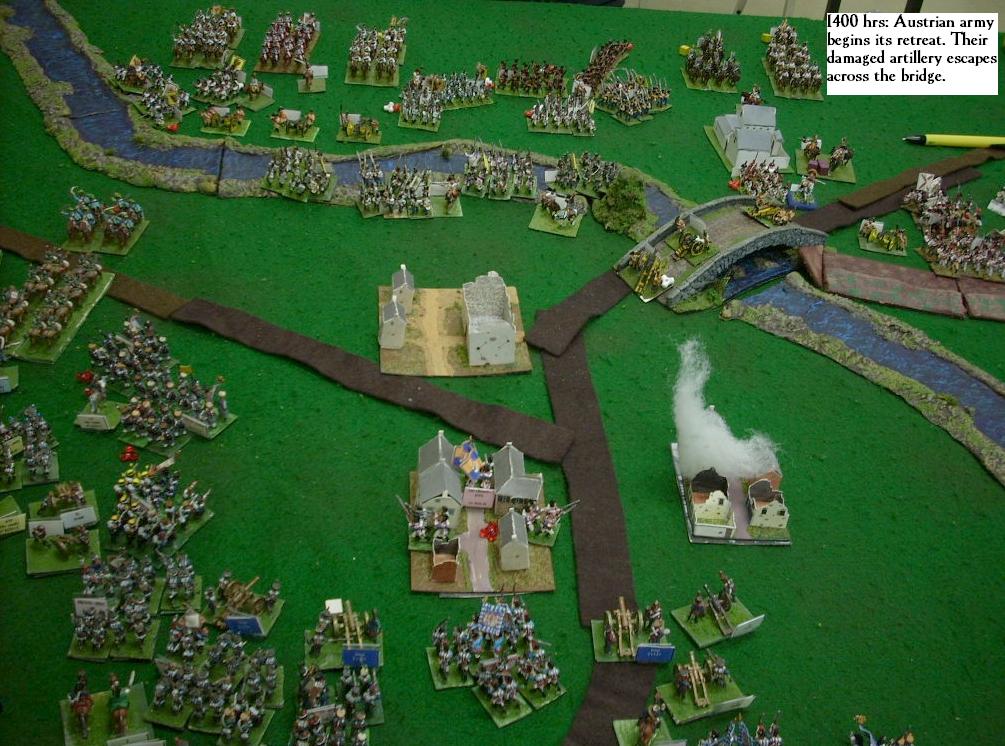
The Army of the Tyrol escapes destruction but little more than four hours after the battle is joined, they are retreating in good order, using their reserve cavalry to cover their withdrawal. It is assumed though that the French pursuit will be vigorous.
